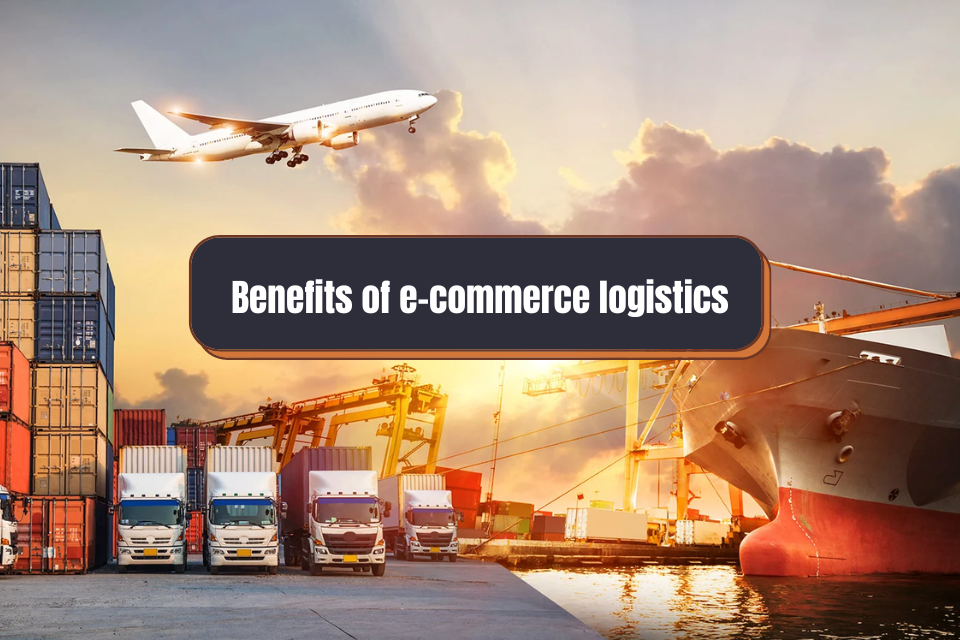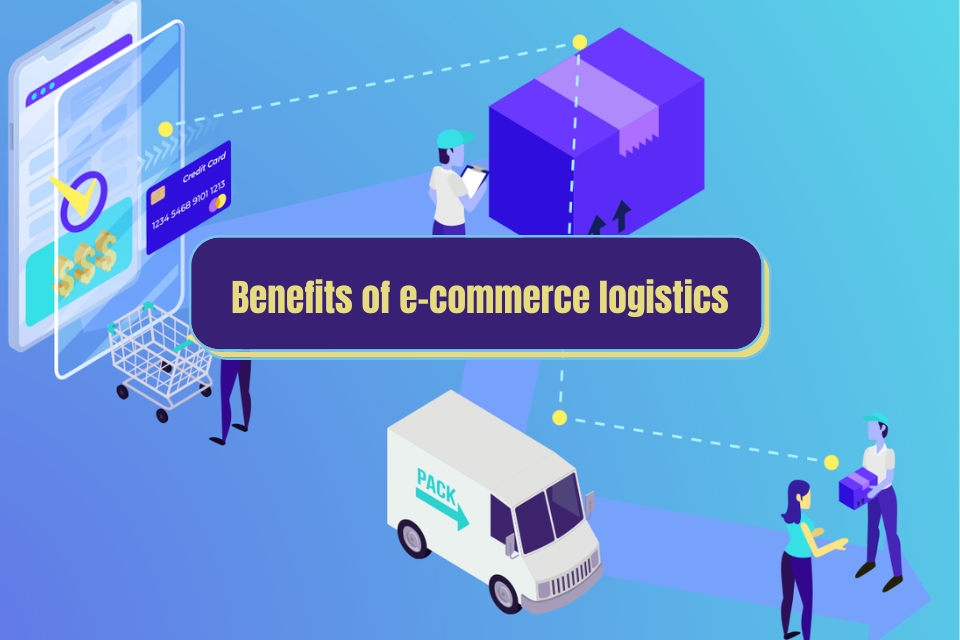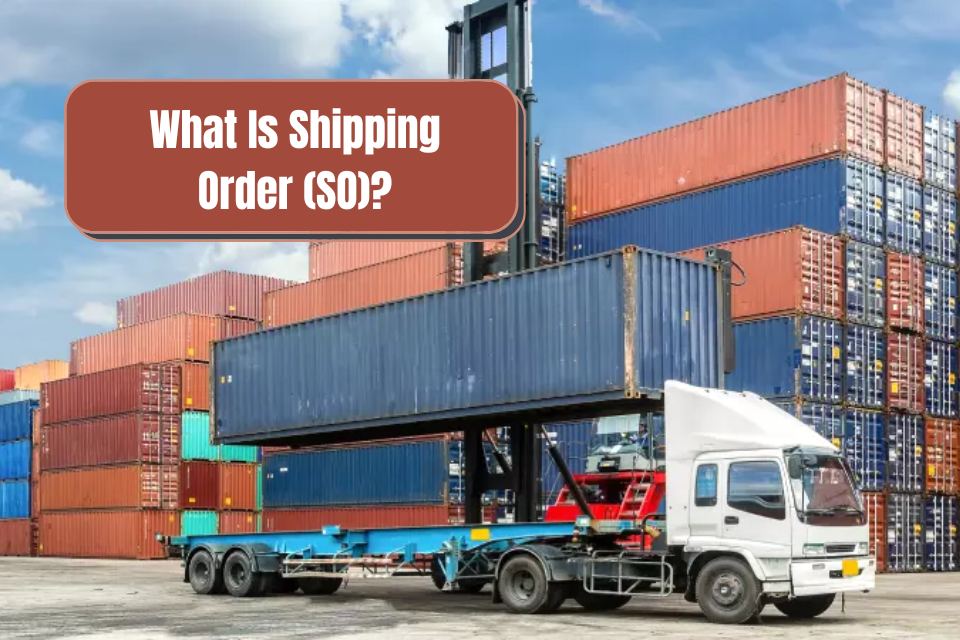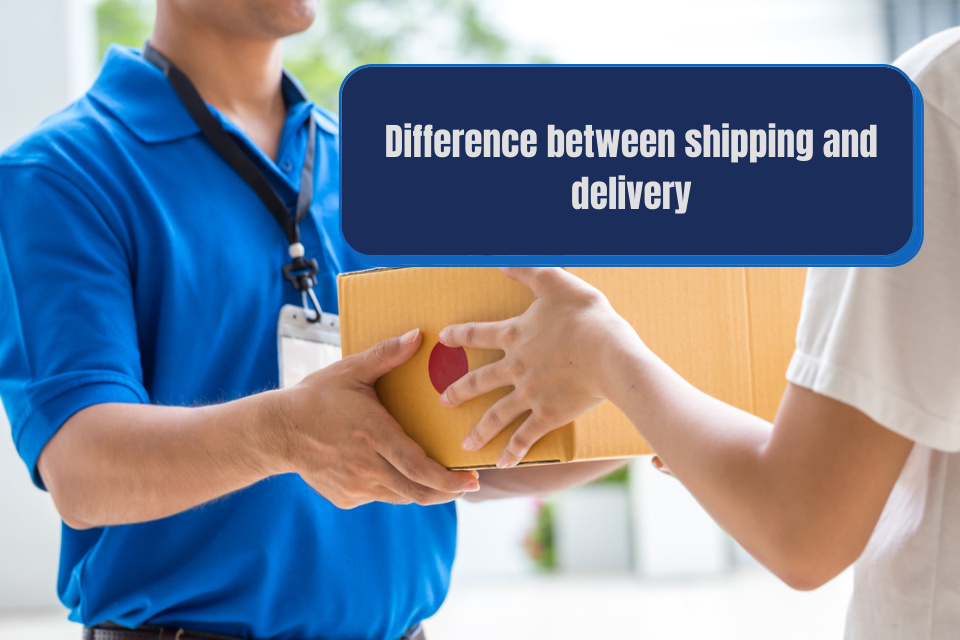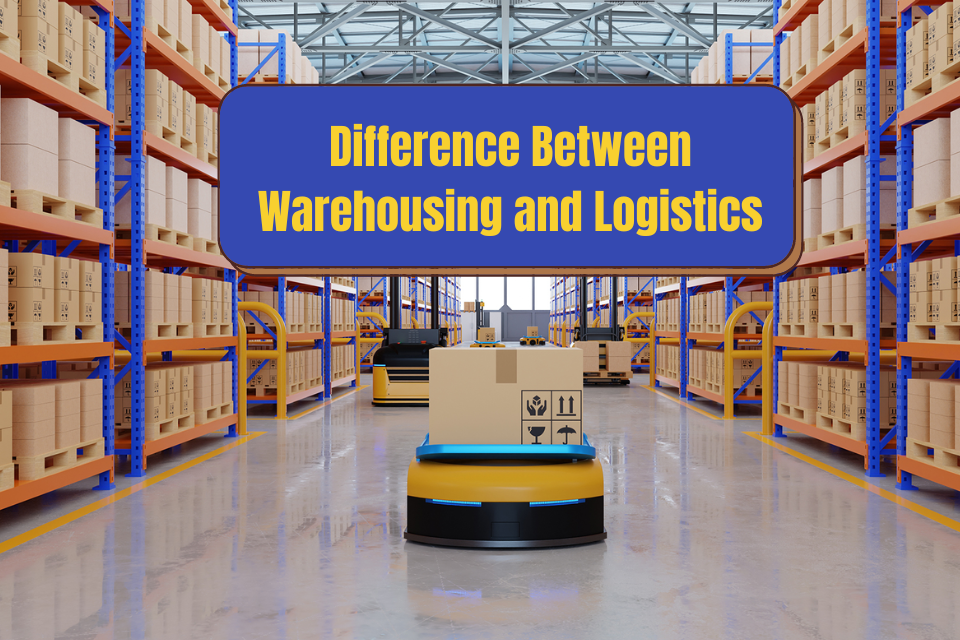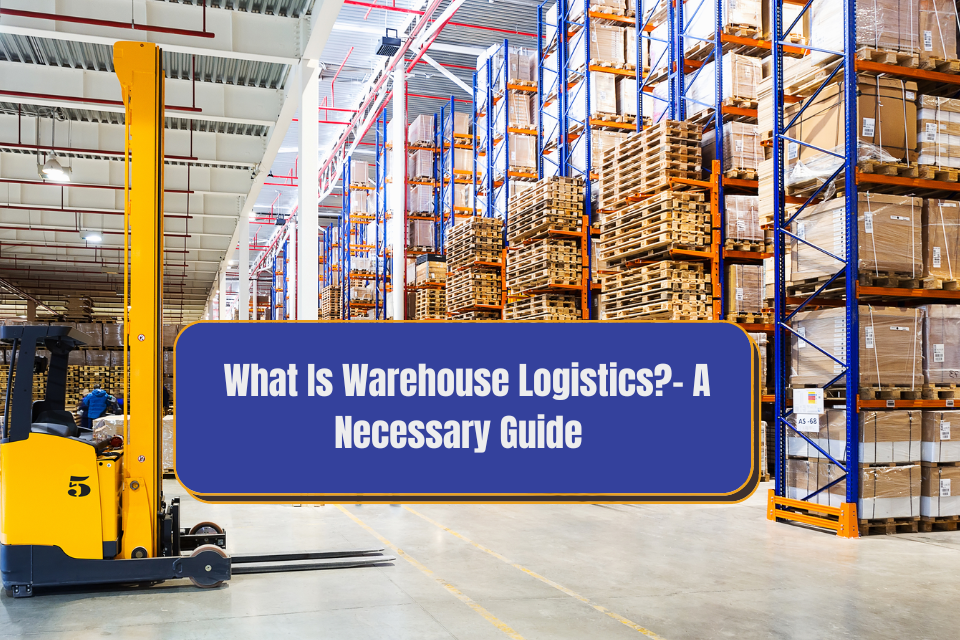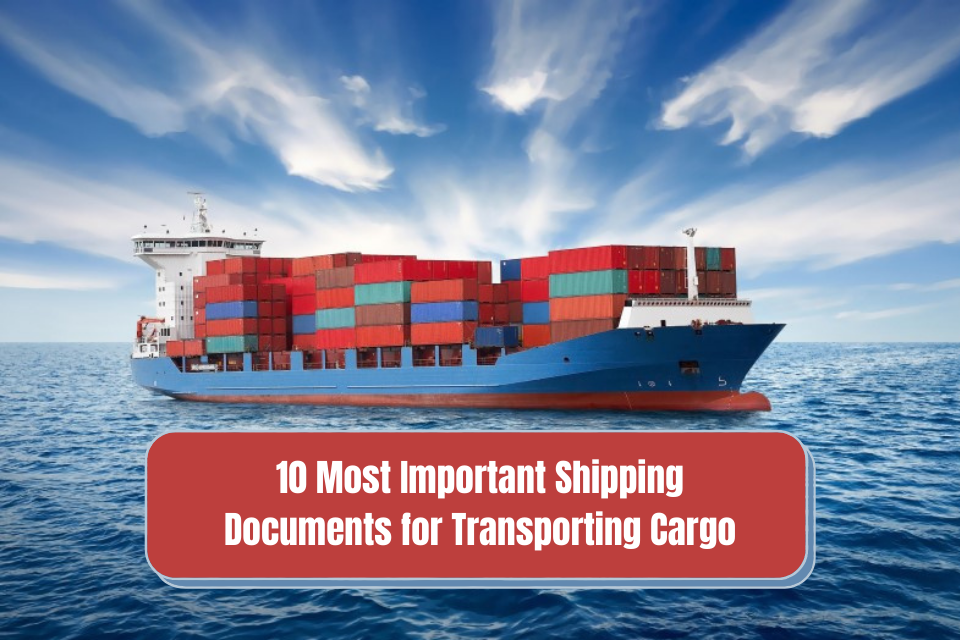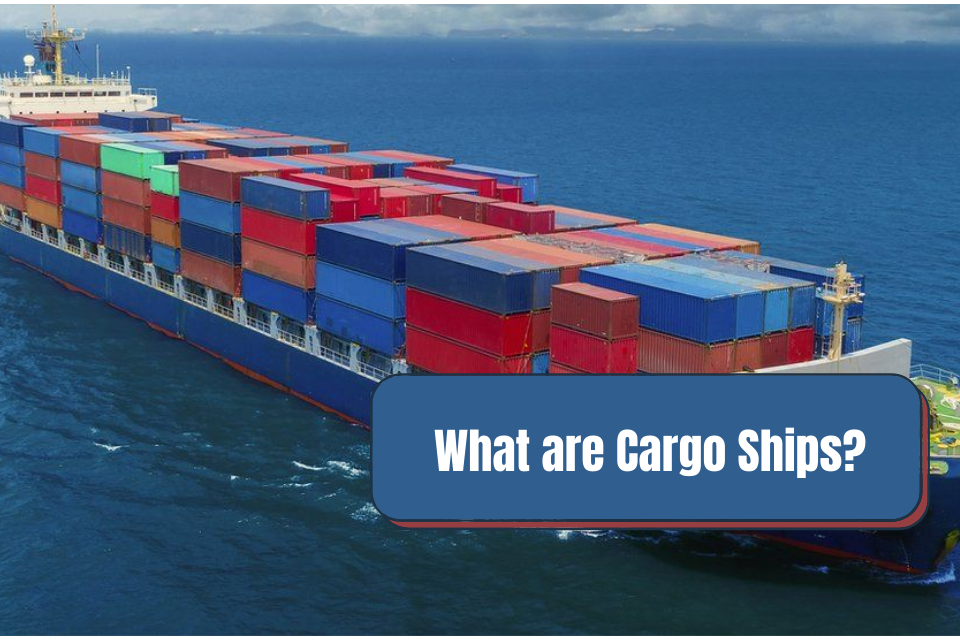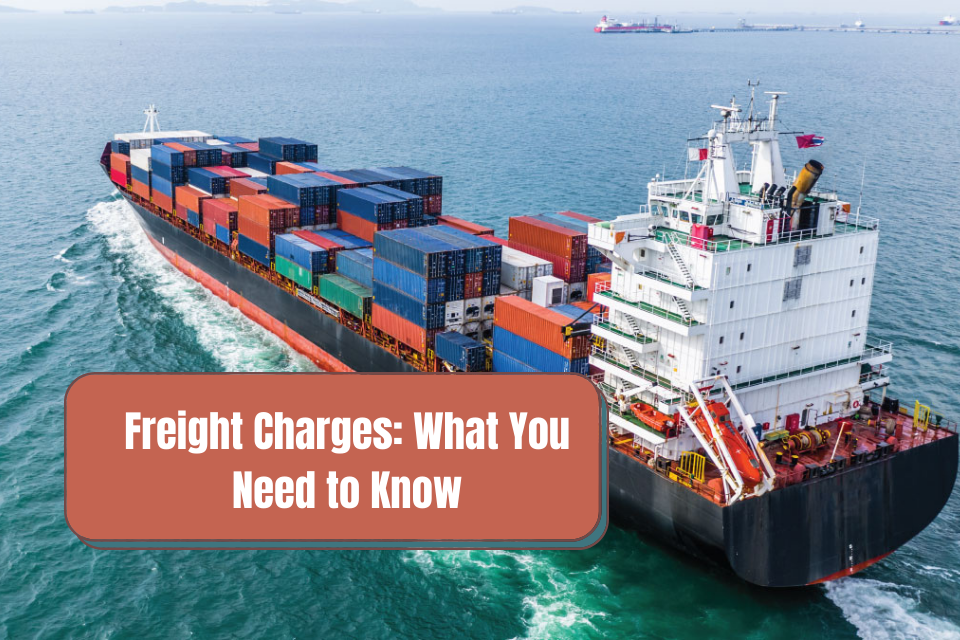The Air cargo industry has increasingly evolved into a self-starter for global economic considerations, particularly in the era of growing e-commerce. The need for air freight exports has been restricted from landlocked fostering countries because most enterprises craft lesser amounts of low-value goods. The COVID-19 pandemic has transformed the planet, and its impacts will last. The post-pandemic traffic will correspond nothing to the pre-pandemic region in several paths. While the epidemic may be far from over, it has served obvious that revamping global techniques for business and growth cannot be ignored when charting an endurable course to healing from the pestilence.
Air cargo employs both passenger and freight aircraft to shortly transport shipments around the realm. Pertained to land and ocean conveyance, air freight operates as a crucial part of global supply chains, albeit an elegant one. In the future, air freight’s speck pledges to constitute a huger fraction. A highly time-efficient aspect of freight shipping standards for those with rigid deadlines to fulfill, goods fated for fast-paced product demands is generally shipped by air. It will also thrive in the implication of the broad blend of cargo transport.
Here are some arising air cargo trends modifying tomorrow’s air freight industry:
Supply Chain Diversification
Trade upheavals and the COVID-19 epidemic are urging thrifts to dial back on global integration and concentrate on themselves and their acquaintances. Supply chain diversification is prospering more prominent as the global economy expands. Diversifying an already prevailing configuration is much tougher to execute and expects critical reserves. It might be a reasonable verdict to strengthen the dignity quo for subsisting product lines and propose diversification for forthcoming product openings. Firms are increasingly depending on air cargo to shift their goods, and already seeing the outsets of regional air cargo evolving well-established. Air freight has already ascertained itself as a significant mode of cargo transport in the medium and immediate future. Supply chain diversification is an emerging fad that will come to be increasingly considered in the prospect. The propensity is solidified across the senate, however subtle its advancement may be.
Growing Shipping Expenses
The community anxiously striving for some relaxation from the existing state of shipment rates is possibly out of chance. Back the epidemic hit in March 2020, shipping prices have been anything but stable, and they don’t seem to be running down anytime shortly as the need for air freight capability exceeds availability. Multiple aspects influence shipping costs and most are out of the immediate constraint of the folk they affect. The particular effect shipping prices have on industry clients also relies on which methods those teams use to get the commodities to their destination. For the time being, prices are ingenious and as vaccine distribution turns to worldwide deliveries, cost volatility is required to prevail.
The Rise of E-commerce
E-commerce has modified the means business is performed in India. The quick advancement of e-commerce has furnished a crucial upgrade to assistance, which is required to get the products into customers’ hands. Fueled by the epidemic, e-commerce is a thriving and irreversible sensation. Nurtured by ever-expanding technologies and altering buyer shopping modes, e-commerce brings both acceleration and amenity to buyers. This is one of the logistical responsibilities that will mold the fate of air shipment in a post-COVID-19 financial atmosphere.
Air Cargo as an Omni-Channel
Increasingly, these paths are being used to check the endless e-commerce crack, which has also propelled the unified action to omnichannel. A growing craze toward an omnichannel technique is ongoing, fueled by customer needs. Airlines are acknowledging the want to broaden their undertakings beyond conventional airport-to-airport avenues, and airlines and different stakeholders are already discerning the advantages of providing end-to-end assistance. Agreements between airlines and shippers are inclined to prosper as this tendency resumes. Air shipment will most probably embrace an omnichannel technique in the future, bringing about it simpler to rival for restricted cargo potential and decent pricing. As well to the chances for air cargo, there are furthermore challenges, with the considerable concession feigning recruitment crises for the business on both the freight and passenger positions as it is for different varied sectors.
Limited Air Cargo Capacity
Since the outset of the pandemic, low air freight potential has been a crucial constraint to supply chains. Capability for land and ocean freight was confounded, and that need was overfilled into air freight. Likewise, with customers’ transition in shopping modes, the manufacturing of products is furthermore at record degrees. Many firms are composing fresh freight jets and renovating passenger aircraft to deal with power restrictions. Limited passenger airlines are employing, and in addition, not taking as much freight, placing current regulations on an already devastated shipping choice. Most passenger belly facility doesn’t assist major shipment trade paths, the plans don’t frequently align with shipping demands, and not all baggage is relevant for the payload spectrum of a passenger airliner. E-Commerce growth and a widespread economic return are foreseen to be long-term fads. We can anticipate long-term improvement fueled by modern technologies and industrial systems. In conclusion, the craze for exclusive aviation freight capacity will be aggravated.




